Blood donations are way down since pandemic. What can New York Blood Center do?
New York Blood Center is building a new one-campus hub for the tri-state area in Rye as it strategizes how to increase blood donations, which fell to dangerously low levels during the pandemic and have not fully recovered.
The Rye campus, expected to open in 2024, will be home to its tri-state operations, including blood collection, storage and research.
Founded in 1964, the New York Blood Center is a nonprofit organization that provides donated blood to about 500 hospitals across 13 states that serve about 75 million people.
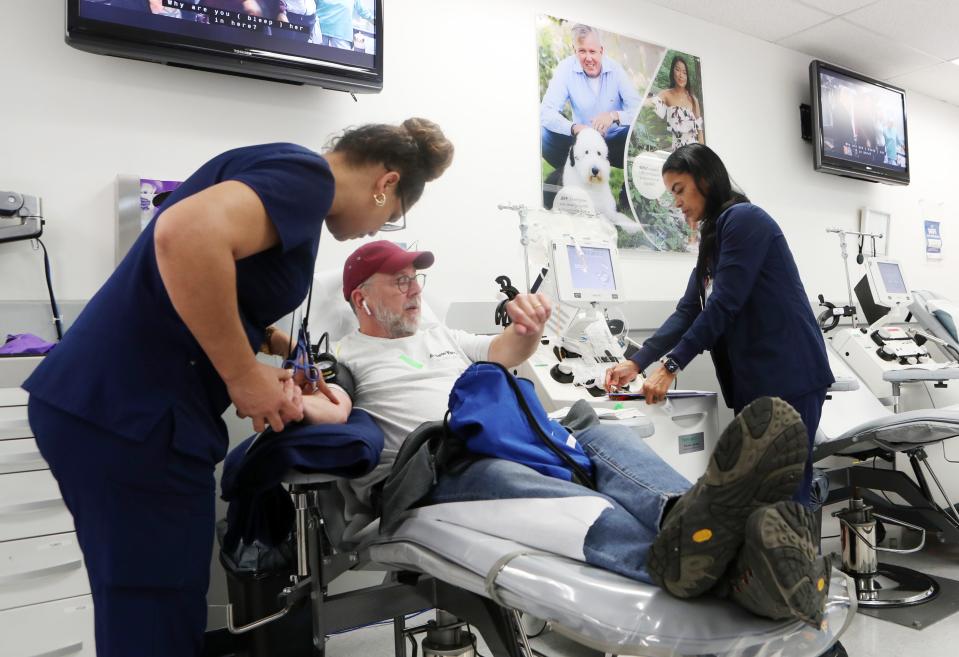
The move comes as the New York Blood Center is having a difficult time maintaining adequate blood supply from donors and meeting the needs of patients in hospitals. Spokesperson Andrea Cefarelli said the Rye campus and two new donor centers in Fishkill and Brooklyn are critical to increasing blood donations and innovating research.
“The pandemic really devastated blood collections," she said. "But we’re trying to collect that much and to grow because as baby boomers age, the need for blood in our community is increasing after a couple decades of being flat."
New tri-state hub should be convenient for donors
New York Blood Center will transform the former Avon Cosmetics data center, located at 601 Midland Ave., into a 187,000-square-foot campus for research, blood collections, processing, distribution and cell therapy manufacturing.
Cefarelli said the organization always wanted to combine blood collections and research in one place. The Blood Center plans to hire 300 new employees, on top of its 1,100 current employees in the tri-state area.
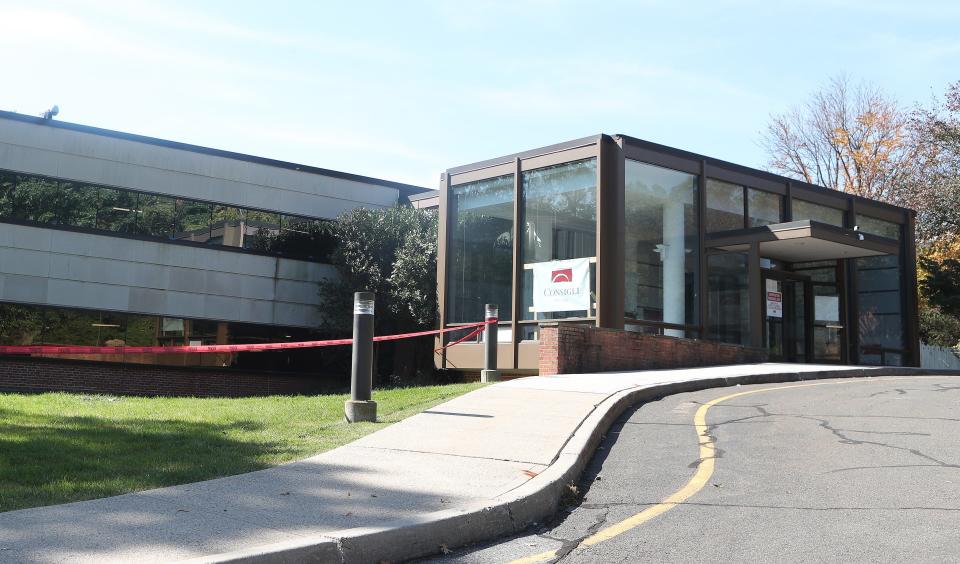
The $108 million project has received preliminary approval for $52 million in tax-exempt bond financing from the Westchester County Local Development Corporation. The LDC projects that the project would create $9,958,855 in fiscal benefits, including $9,717,088 in sales tax revenue from on-site employees spending over 30 years.
She said the 18-acre site is perfect given its ample parking and access to transportation. Convenience is key for blood donors — the average donor is willing to travel about 10 minutes or 10 miles to donate.
“Hopefully this location will be not only a state-of-the-art donor center, but a new convenient place for people to pop in with friends or family," Cefarelli said.
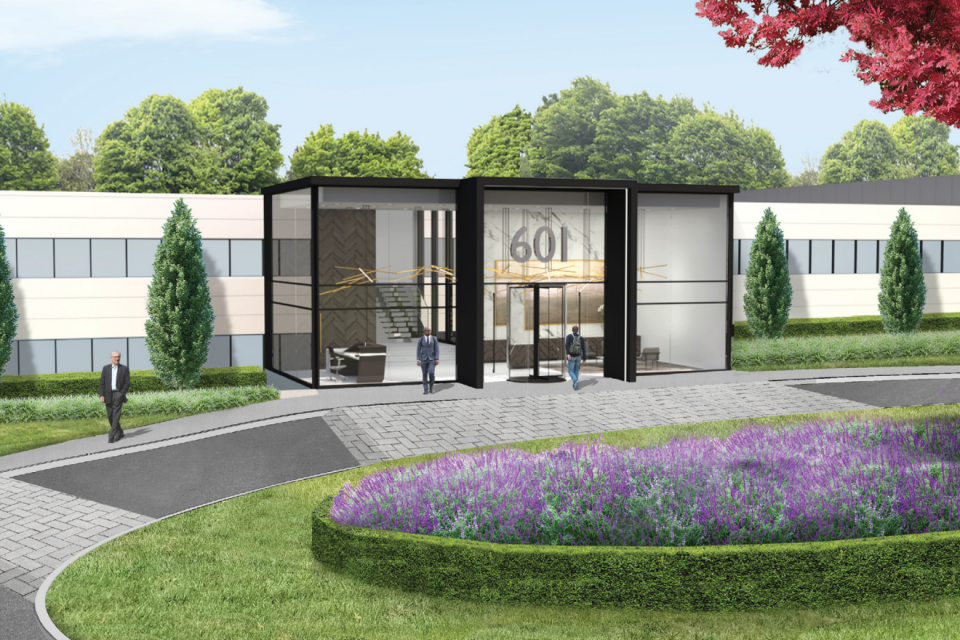
The Blood Center has nine donation centers in the New York City and Hudson Valley area, including one each in Westchester and Rockland and a new one that opened in Fishkill in October.
The Westchester center, in Elmsford, may eventually close as the organization is looking for another site in the area. The Rockland location is in Nanuet.
"We know we need to invest in more donor centers," Cefarelli said. "We still need additional centers throughout Hudson Valley."
More: New York faces blood emergency: Where to donate in Hudson Valley
During the pandemic, when people stayed home, blood banks experienced their biggest shortage in a decade. The impact is still lingering.
In September, New York Blood Center announced a blood emergency as the region’s blood supply fell below the optimal supply that could meet blood demands for 5-7 days.
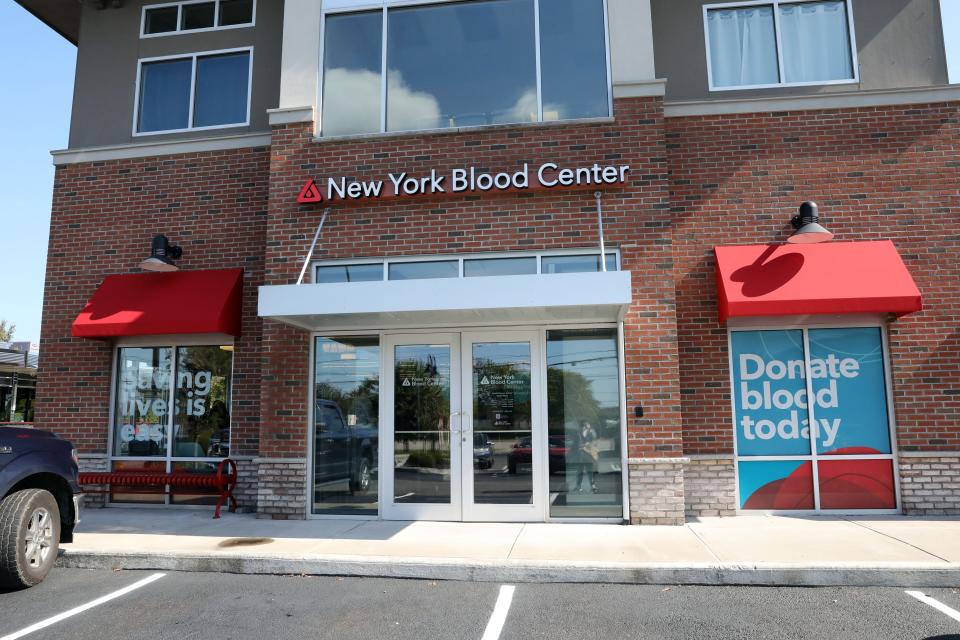
A prolonged 50% decrease since March 2020 in first-time donors and young donors contributed to the shortage. Companies and organizations also continue to host fewer blood drives, and people who now work remotely are less likely to donate.
Before the pandemic, New York Blood Center hosted more than 500 blood drives every month. The number is now down to 400-450.
Before the pandemic, 75% of donations came from blood drives and 25% from donor centers. Since the pandemic, the percentage of donations from blood drives has dropped to 60%.
Cefarelli said youth donors ages 16-23 used to count for 25% of annual donations. The organization used to work with 500 high schools each year to host blood drives. Since many school administrators they worked with have retired, they now have to rebuild relationships with schools to bring blood drives back to pre-pandemic level.
"If you’re a 16-year-old, giving blood in your gym next to your friends is a pleasant experience, and it’s very important that’s your first experience,” Cefarelli said.
How to track needs and inventory?
New York Blood Center relies on a database to keep track of inventory and hospital needs.
Each year, it aims to collect more than 1 million blood donations for hospitals they serve. Officials declined to say where annual donations now stand.
While New York Blood Center estimates that about 62% people across the country are eligible to donate, only 3% do. The top reason people don't donate is "they were never asked," according to the organization.
Blood can be collected as whole blood, platelets, double red cells or plasma.
Different types of hospitals have various needs in terms of blood type and blood components. For example, trauma centers need more O negative blood, a universal blood type that can be given to any patients. Hospitals that specialize in cancer treatment have a great need for platelets.
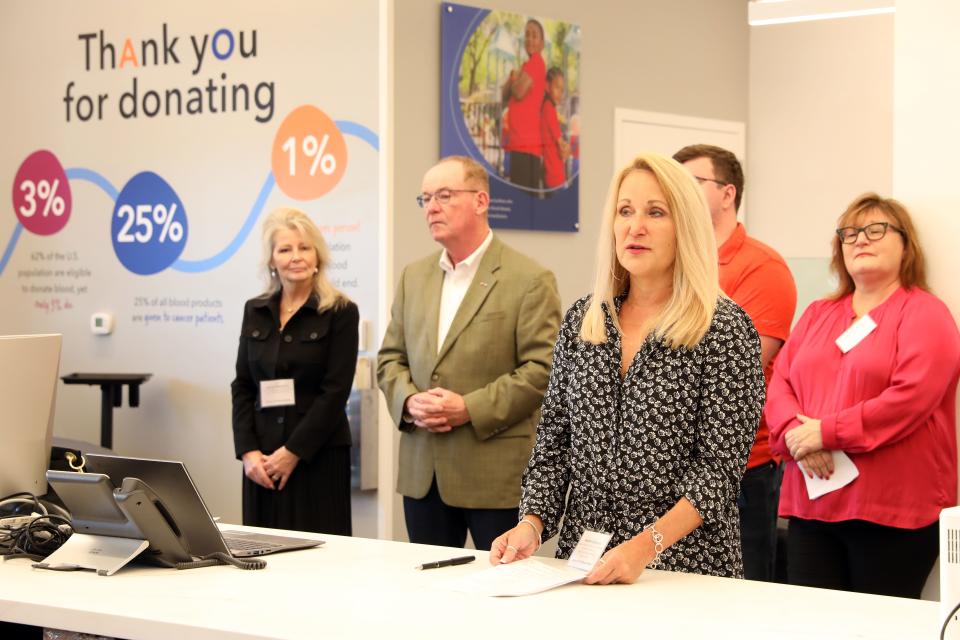
A database tracks how much blood a hospital typically uses. The Blood Center is alerted when a hospital is in need of certain type of blood.
How did the pandemic change blood donations?
Ideally a blood bank should carry an inventory good for 7-10 days. The Blood Center announces a blood emergency once its overall supply drops to 1-3 days. Five blood emergencies were reported in 2022 and one in 2023.
Hospitals are charged a "small fee that is used to cover the cost of preparing blood," but revenue from blood sales does not fully cover costs, according to New York Blood Center. The center reported more than $550 million revenues in 2022, including $16 million donations and grants.
New York Blood Center is one of the country’s largest independent blood suppliers. Founded by Dr. Aaron Kellner and Lindsley Kimball, it not only supplies blood to hospitals, but conducts research on blood related diseases, products, techniques, therapies and diagnostics.
It has developed a hepatitis B virus detection test, an injectable anti-HIV drug, a public cord blood bank and more.
“Giving blood and processing blood hasn’t changed much in decades — inserting a needle in your arm and letting gravity work — but we are innovating our research,” Cefarelli said. “We’re not only providing life-saving blood, but trying to change transfusion medicine to real therapies for the future.”
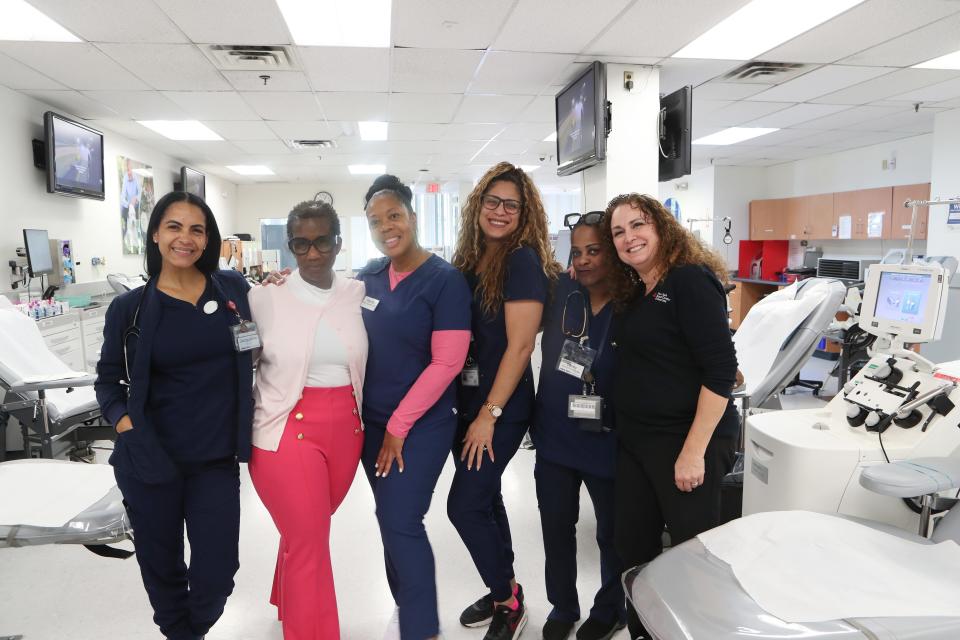
The need for donated blood is always great. One out of three people will need blood in their lifetime. Every two seconds, someone needs blood.
This article originally appeared on Rockland/Westchester Journal News: New York Blood Center opening new hub in Rye, needs more donations

